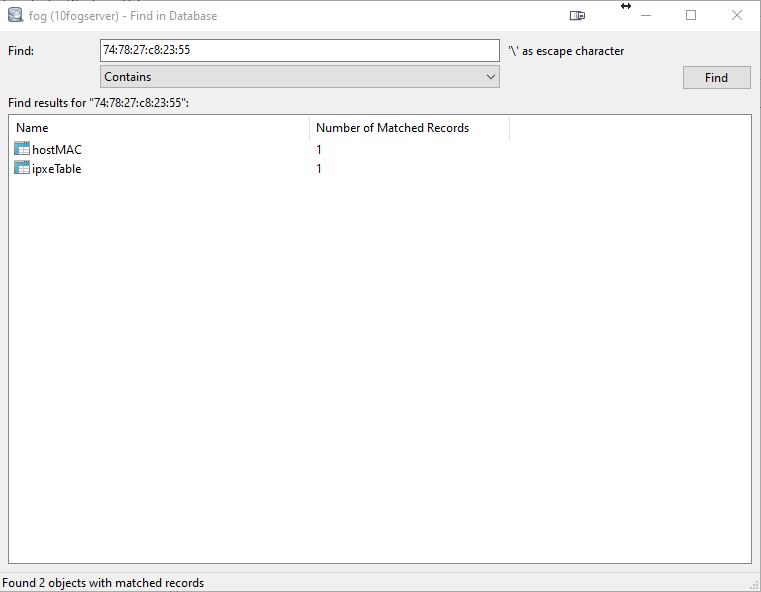I have a client @ a remote site that is repeating:
Attempting to check in............................Failed
* (In line for 13:50)
* Attempting to check in............................Failed
* (In line for 13:55)
* Attempting to check in............................Failed
* (In line for 14)
* Attempting to check in............................Failed
* (In line for 14:5)
* Attempting to check in............................Failed
* (In line for 14:10)
* Attempting to check in............................Failed
* (In line for 14:15)
* Attempting to check in............................Failed
* (In line for 14:20)
* Attempting to check in............................Failed
* (In line for 14:25)
* Attempting to check in............................Failed
* (In line for 14:30)
* Attempting to check in............................Failed
* (In line for 14:35)
* Attempting to check in............................Failed
The only thing I see logs: access_log:
10.43.100.146 - - [06/Apr/2021:11:38:48 -0400] "POST /fog/service/Pre_Stage1.php HTTP/1.1" 403 - "-" "curl/7.66.0"
10.43.100.146 - - [06/Apr/2021:11:38:53 -0400] "POST /fog/service/Pre_Stage1.php HTTP/1.1" 403 - "-" "curl/7.66.0"
10.43.100.146 - - [06/Apr/2021:11:38:58 -0400] "POST /fog/service/Pre_Stage1.php HTTP/1.1" 403 - "-" "curl/7.66.0"
10.43.100.146 - - [06/Apr/2021:11:39:04 -0400] "POST /fog/service/Pre_Stage1.php HTTP/1.1" 403 - "-" "curl/7.66.0"
10.43.100.146 - - [06/Apr/2021:11:39:09 -0400] "POST /fog/service/Pre_Stage1.php HTTP/1.1" 403 - "-" "curl/7.66.0"
10.43.100.146 - - [06/Apr/2021:11:39:14 -0400] "POST /fog/service/Pre_Stage1.php HTTP/1.1" 403 - "-" "curl/7.66.0"
any suggestions?
I have already checked and made sure /fog/ is the web_root in the gui.

